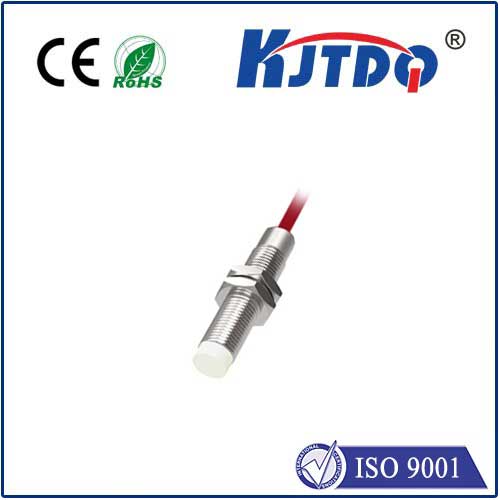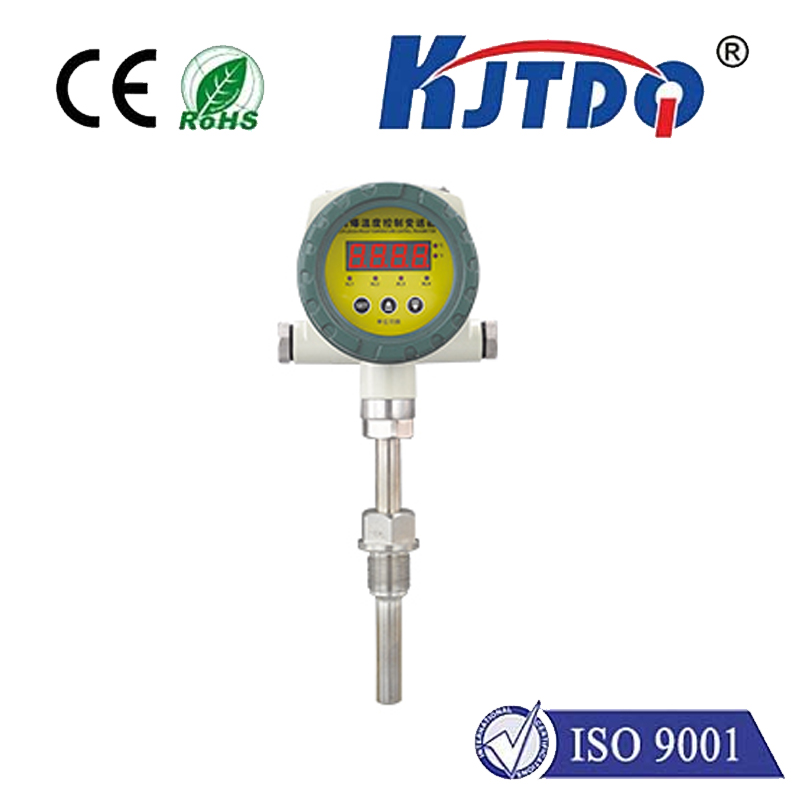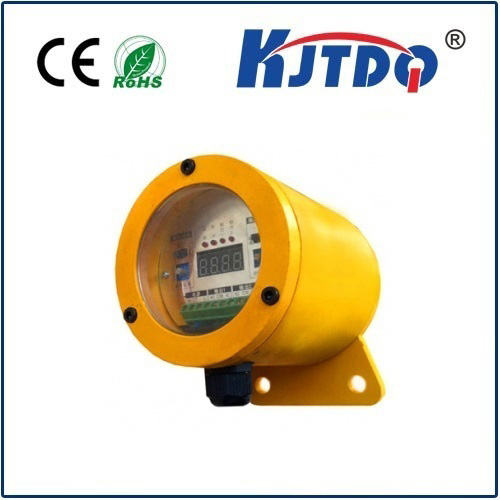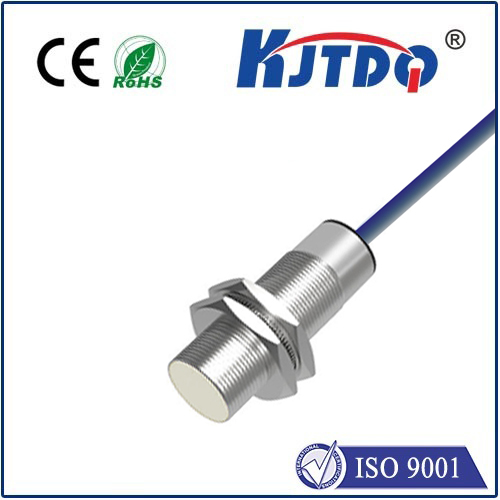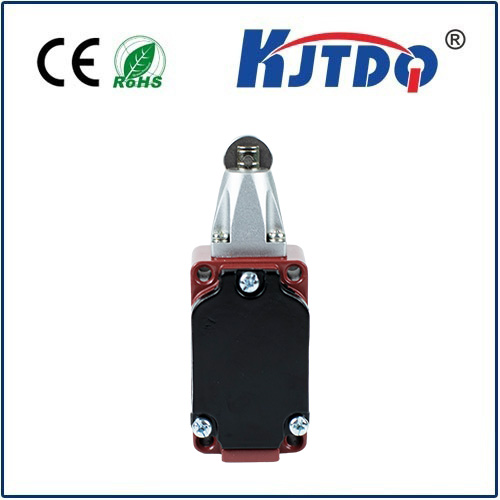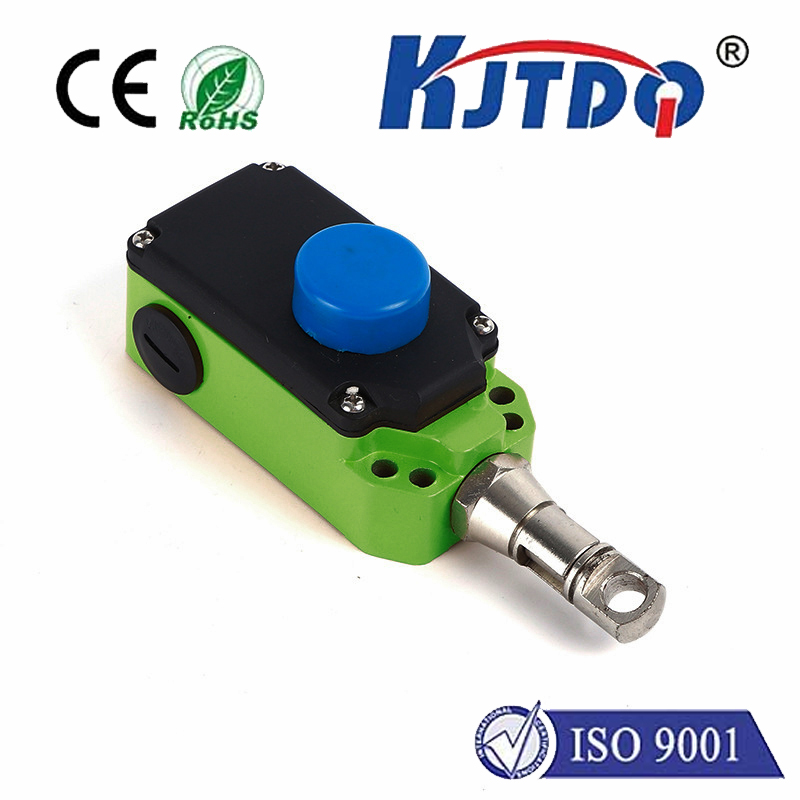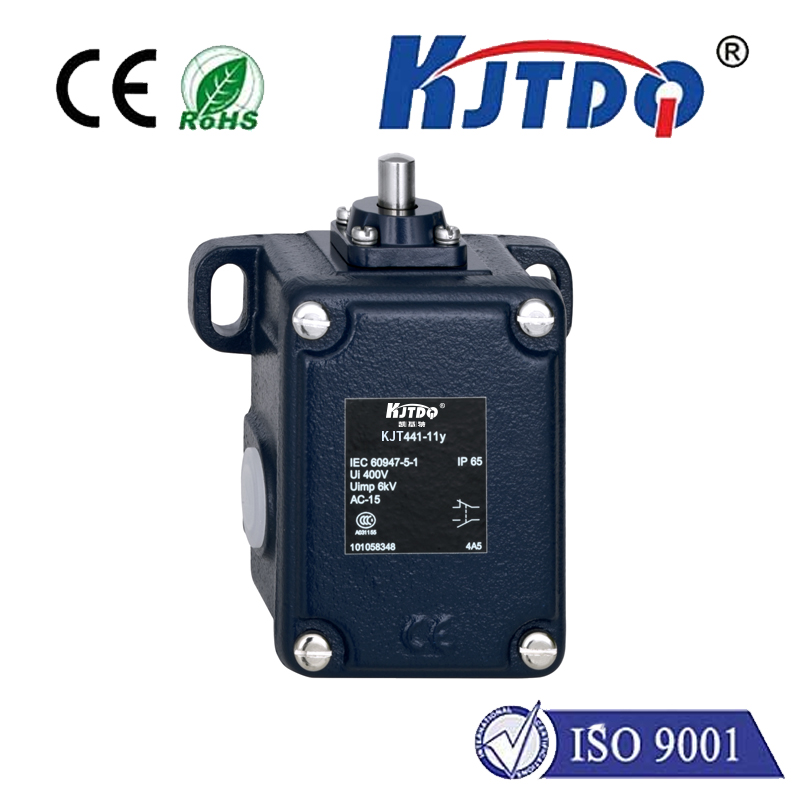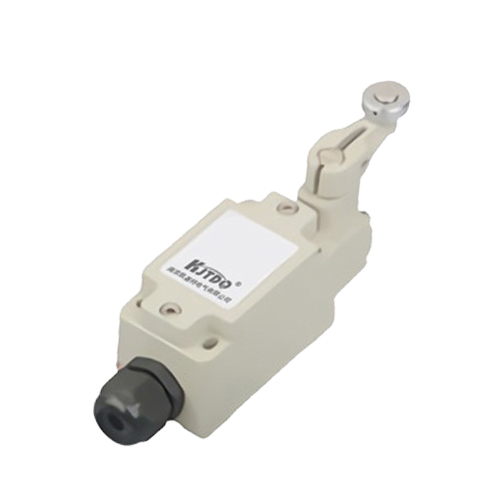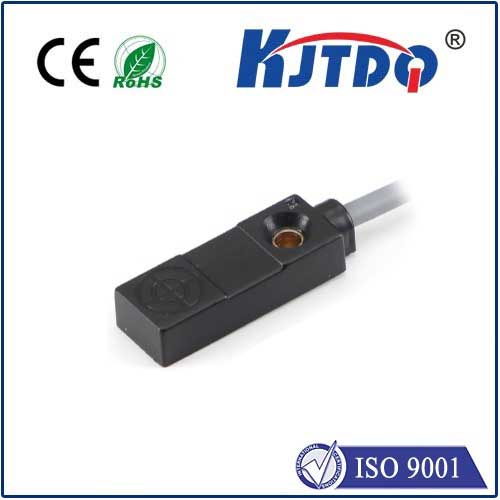keyence proximity sensor
- time:2025-07-01 13:52:26
- Click:0
Keyence Proximity Sensors: Precision Detection Powering Industrial Automation
In the intricate dance of modern manufacturing and industrial processes, precision, reliability, and speed are non-negotiable. The ability to detect the presence, absence, or position of an object without physical contact underpins countless automated tasks. This is the fundamental domain of proximity sensors, and within this vital sector, Keyence stands as a globally recognized leader. Known for pushing the boundaries of sensor technology, Keyence proximity sensors deliver the accuracy and durability essential for demanding industrial environments. Whether it’s ensuring components are correctly positioned on an assembly line, counting products at high speed, or safeguarding machinery, these sensors are the invisible eyes that drive efficiency and quality.
Understanding Keyence’s Proximity Sensor Edge
Keyence doesn’t just offer sensors; they offer integrated solutions designed to solve complex detection challenges. Their commitment to innovation manifests in several key advantages:
- Unparalleled Precision and Stability: Keyence proximity sensors, particularly their renowned inductive sensors, boast exceptional repeat accuracy. This means they consistently detect targets at the same precise point, batch after batch, crucial for maintaining tight manufacturing tolerances. Advanced internal design minimizes drift due to temperature fluctuations or electrical noise, ensuring stable operation even in harsh conditions.
- Extended Sensing Ranges: Leveraging proprietary technologies, many Keyence proximity sensors achieve significantly longer sensing distances compared to standard industry offerings. This provides greater flexibility in mounting and allows detection of objects further away, simplifying machine design and integration.
- Superior Immunity to Interference: Industrial environments are electrically noisy. Keyence sensors are engineered with robust noise immunity, resisting interference from inverters, motors, and other machinery. This translates to fewer false triggers and more reliable process control.
- Exceptional Environmental Resistance: Built to endure the realities of the factory floor, Keyence proximity sensors often feature high IP67, IP68, or even IP69K ratings. This means they are protected against dust, water jets, high-pressure washdowns, oils, and coolants, ensuring longevity in challenging settings like food processing, automotive, or metalworking.
- Advanced Features & Ease of Use: Beyond basic detection, Keyence sensors frequently incorporate sophisticated features:
- Wide operating voltage ranges (e.g., 10-30 VDC) for compatibility with diverse power supplies.
- Short-circuit and reverse polarity protection for enhanced durability against wiring errors.
- Visual operation indicators (LEDs) for quick status verification and troubleshooting.
- Robust metal housings (stainless steel variants) for maximum durability against physical impact and chemical exposure.
- High-speed response times, capable of detecting objects moving at remarkable velocities.
Exploring Key Proximity Sensor Technologies from Keyence

Keyence offers a comprehensive range, but two core technologies dominate their proximity sensing portfolio:
- Inductive Proximity Sensors: The workhorses of metal detection. These sensors generate an electromagnetic field. When a metallic target enters this field, it induces eddy currents within the target, causing a change in the sensor’s oscillation. This change is detected, signaling the object’s presence.
- Keyence Strengths: Exceptionally long sensing ranges (especially for ferrous metals), immunity to surface conditions like oil or dust, robust construction, high-speed response, and models specifically tuned for different metal types (ferrous/non-ferrous).
- Typical Applications: Detecting metal parts on conveyors, confirming piston position in cylinders, monitoring tool presence in CNC machines, counting metallic products.
- Photoelectric Proximity Sensors: Utilizing light beams (visible red, infrared, or laser) for detection. Through-beam, retro-reflective, and diffuse-reflective models detect the presence, absence, or distance of objects – including non-metallic ones like plastic, wood, glass, and liquids – by sensing interruptions or changes in the light beam.
- Keyence Strengths: Ability to detect non-metallic objects, very long sensing ranges possible (especially with laser models), high precision for small object detection or position verification, models featuring background suppression (BGS) to ignore reflections beyond the target.
- Typical Applications: Detecting transparent bottles, verifying label presence, counting non-metallic packages, monitoring fill levels, ensuring precise positioning of components.
Why Choose Keyence Proximity Sensors? The Tangible Benefits
Investing in Keyence proximity sensors translates into concrete advantages for industrial operations:
- Increased Production Uptime: Reliable detection minimizes false stops caused by sensor malfunctions or errors, keeping lines running smoothly and maximizing output.
- Enhanced Product Quality: Precise positioning and verification ensure components are assembled correctly and processes operate within specified parameters, reducing defects and waste.
- Reduced Maintenance Costs: The exceptional durability and long lifespan of Keyence sensors decrease the frequency and cost of replacements and associated downtime.
- Improved Machine Safety: Safeguarding personnel by confirming guards are closed or hazardous areas are clear before machinery activates.
- Simplified Integration & Troubleshooting: Features like visual indicators and reliable performance simplify setup and reduce the time needed to diagnose issues on the line.
Selecting the Right Keyence Proximity Sensor
Choosing the optimal sensor requires careful consideration:
- Target Material: Metal? Use inductive. Non-metal (plastic, wood, liquid)? Look to photoelectric sensors.
- Required Sensing Distance: Define the necessary gap between the sensor and the target. Keyence offers models with impressive ranges in both categories.
- Environmental Conditions: Consider temperature extremes, potential exposure to chemicals, water, washdowns, dust, or intense vibration. Select the appropriate housing material (e.g., nickel-plated brass, stainless steel) and IP rating.
- Output Type: Typically NPN or PNP transistor outputs. Ensure compatibility with your PLC or controller input.
- Physical Size and Mounting: Space constraints often dictate sensor size and mounting style (threaded barrel, block style, etc.).
- Specific Detection Needs: For challenging targets (transparent objects, small parts, shiny surfaces) or specific requirements like distance measurement or background suppression, Keyence photoelectric sensors offer specialized variants.
Conclusion: A Foundation for Automated Excellence
From high-speed packaging lines to precision machining centers and robotic work cells, Keyence proximity sensors deliver the critical detection capabilities that modern industry demands. Their reputation for unwavering reliability, superior performance, and robust construction makes them a preferred choice for engineers and maintenance professionals worldwide who prioritize minimizing downtime and maximizing productivity. By selecting the right Keyence sensor for the specific application, businesses build a more efficient, accurate, and resilient automation foundation. When your process depends on reliable detection, the precision engineered into Keyence proximity sensors isn’t just an advantage; it’s an essential component of operational success.






